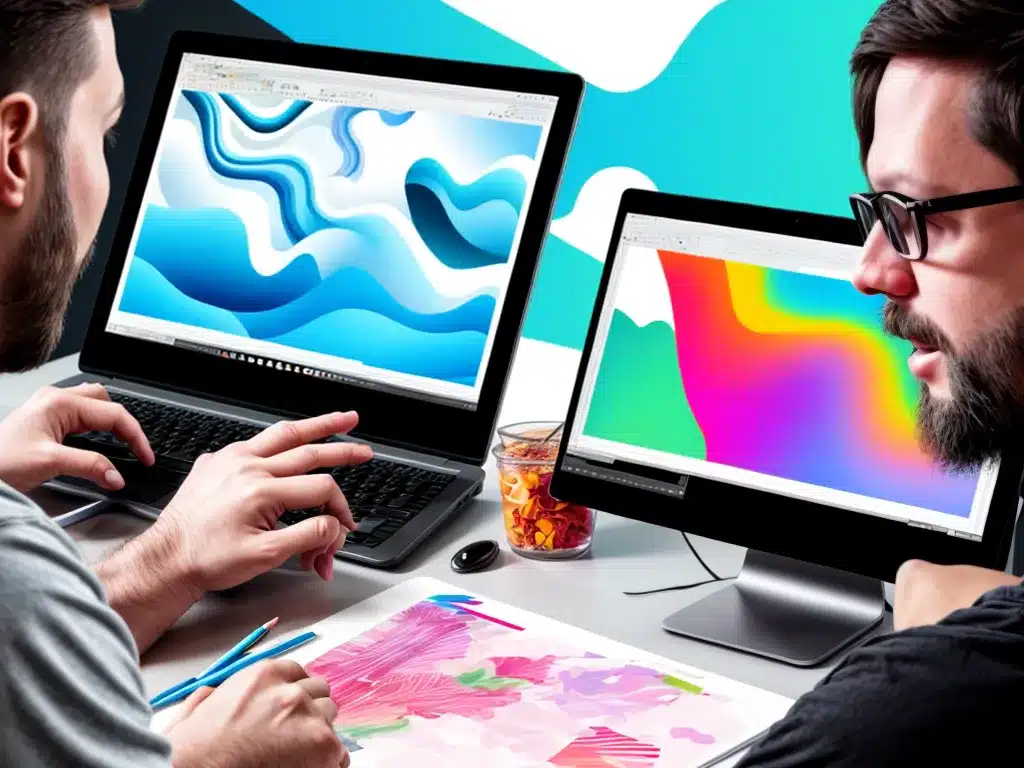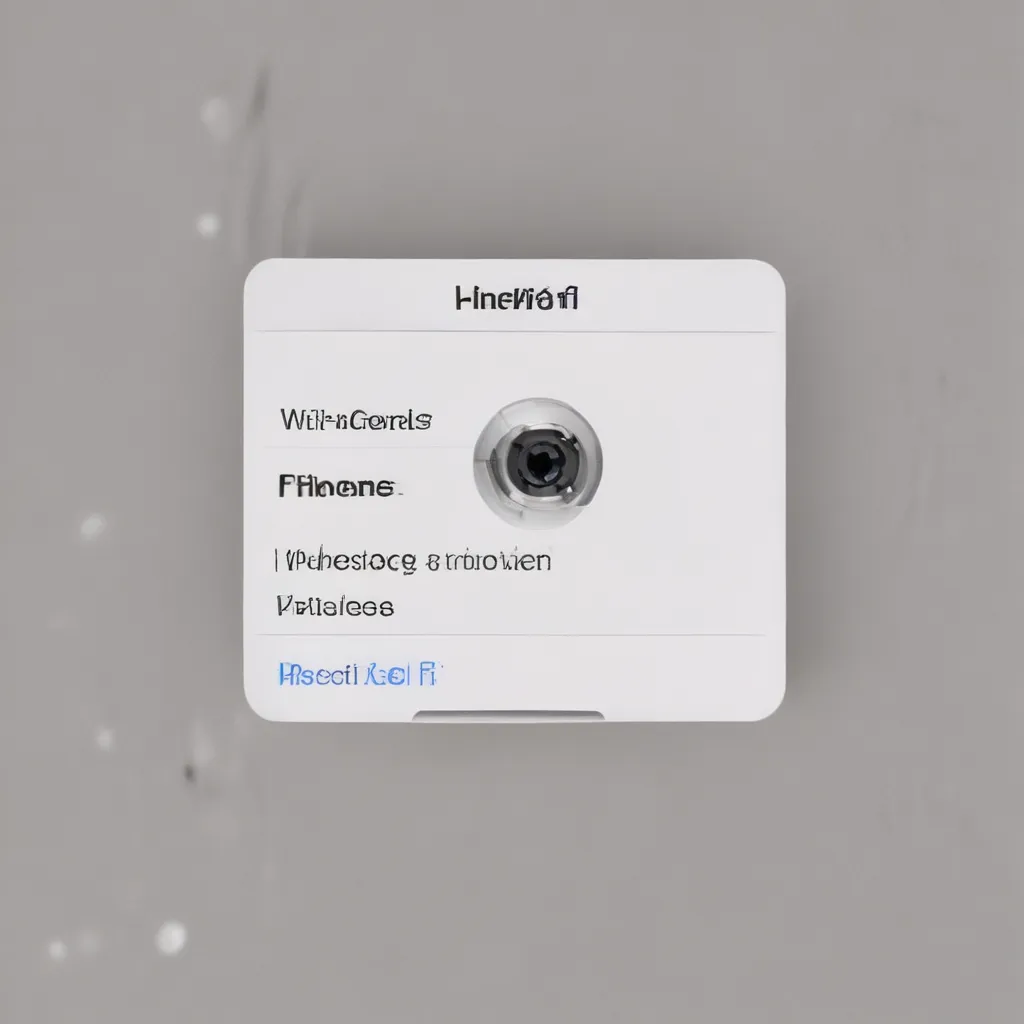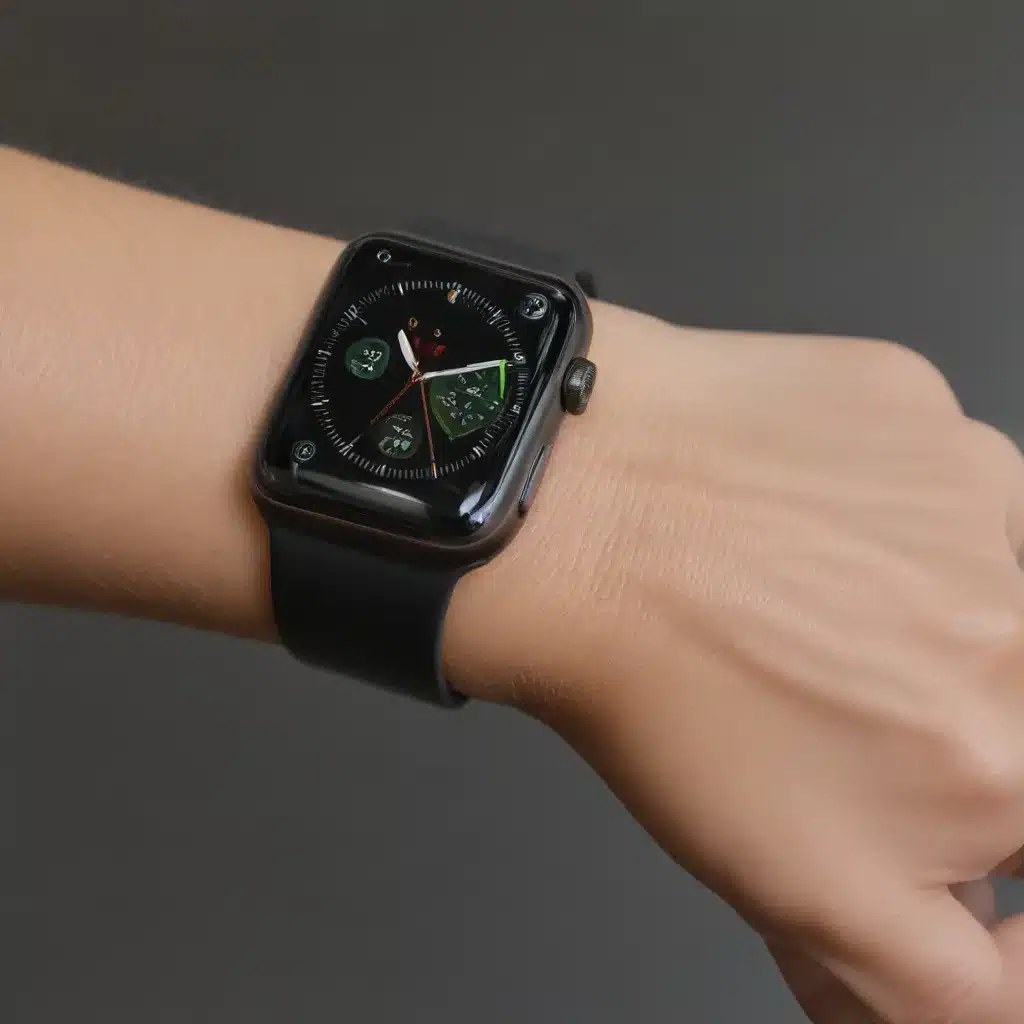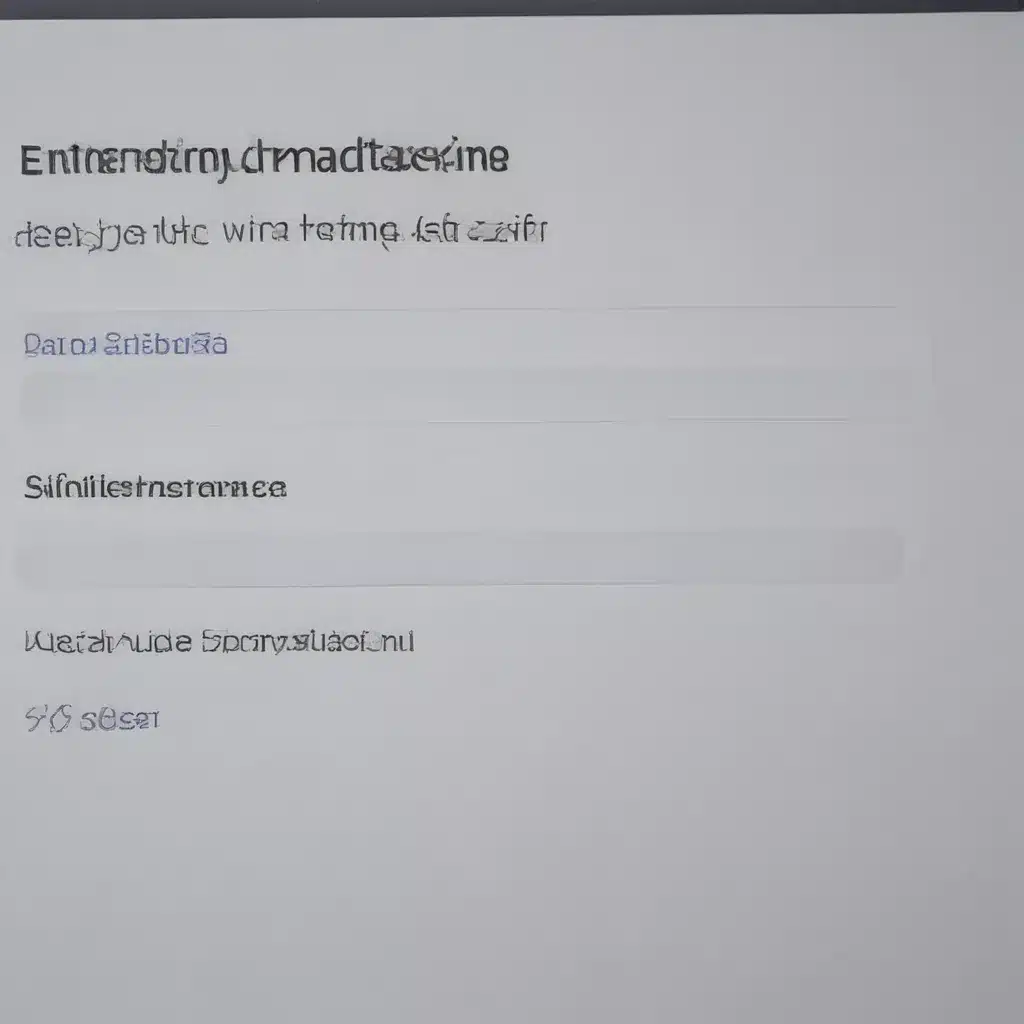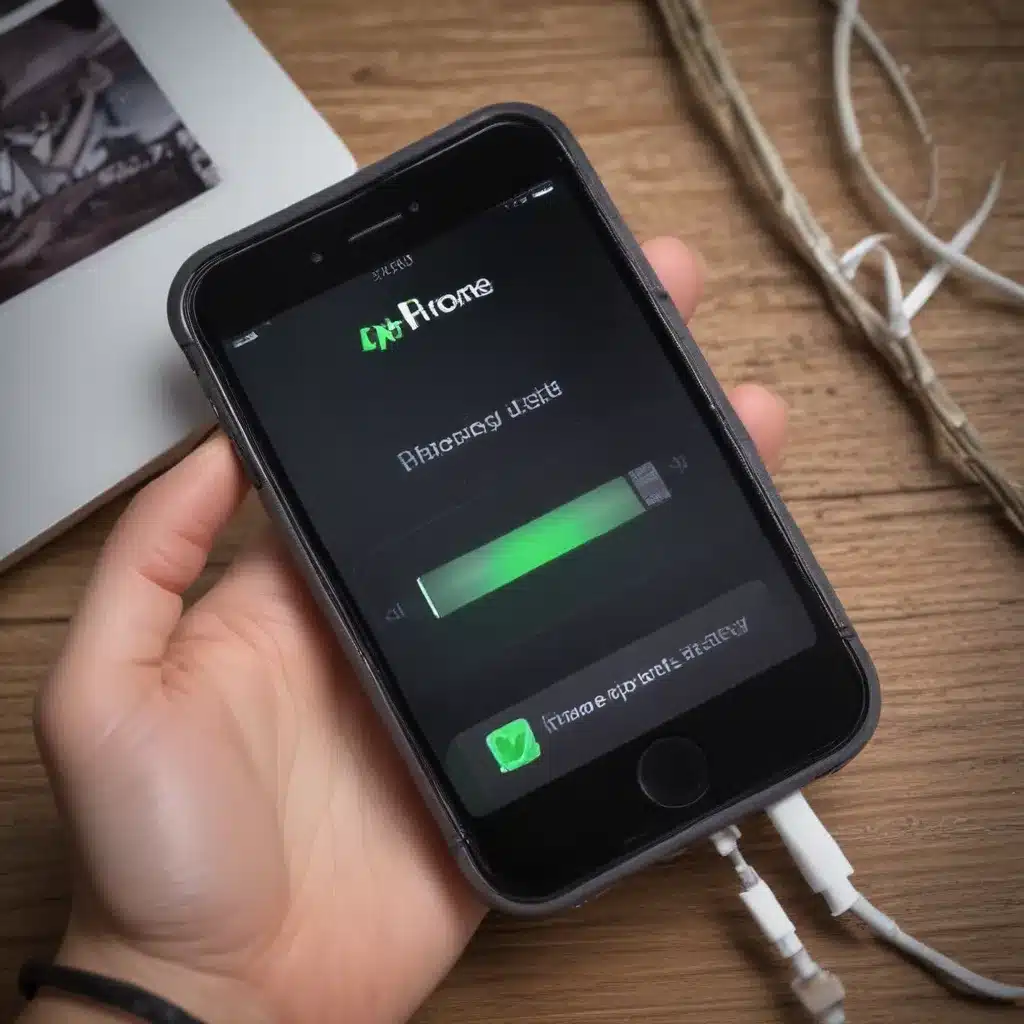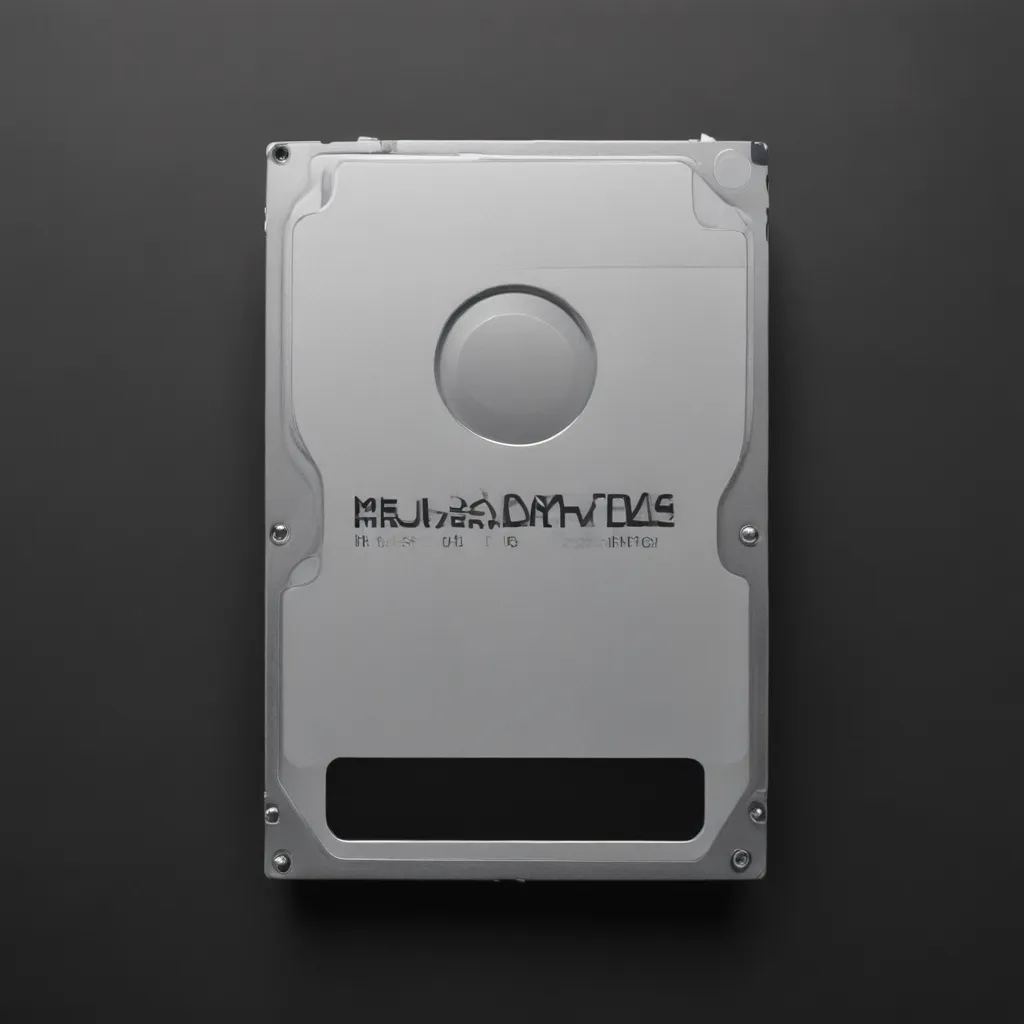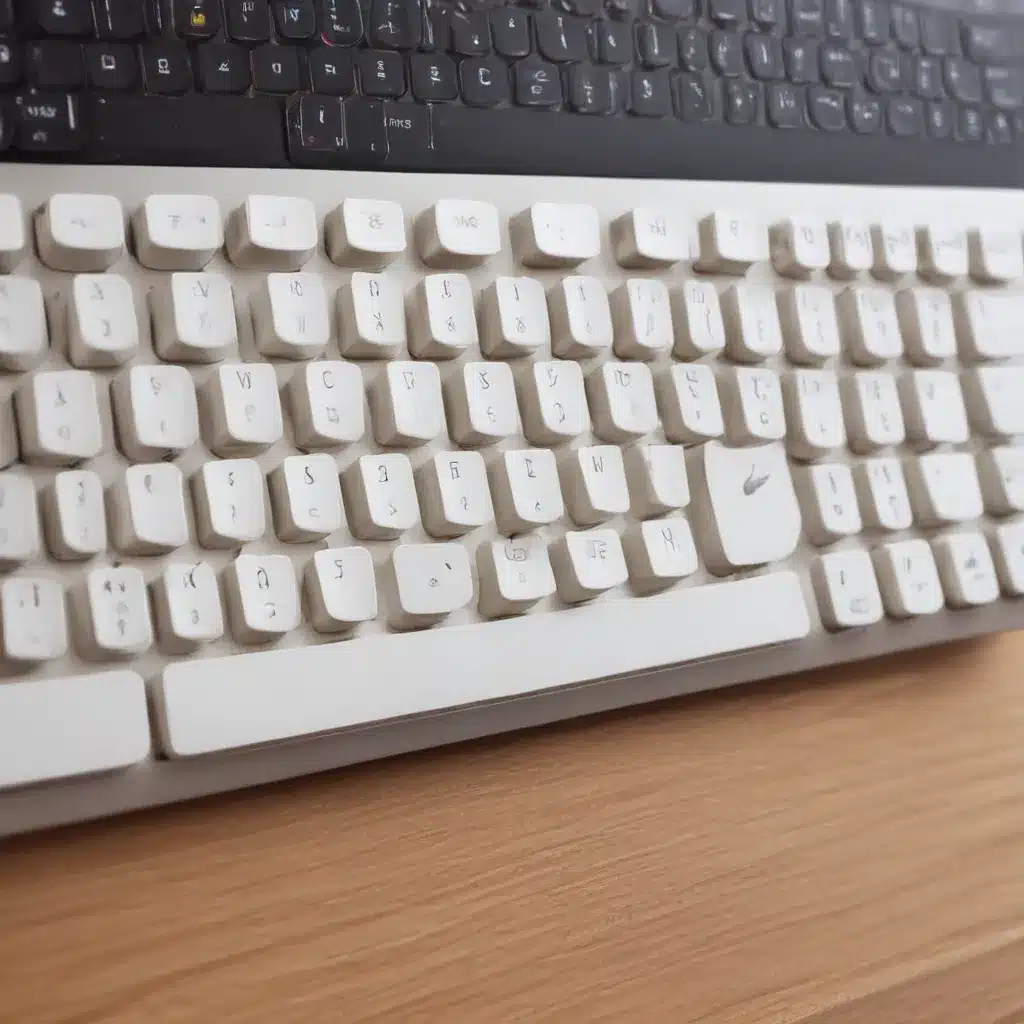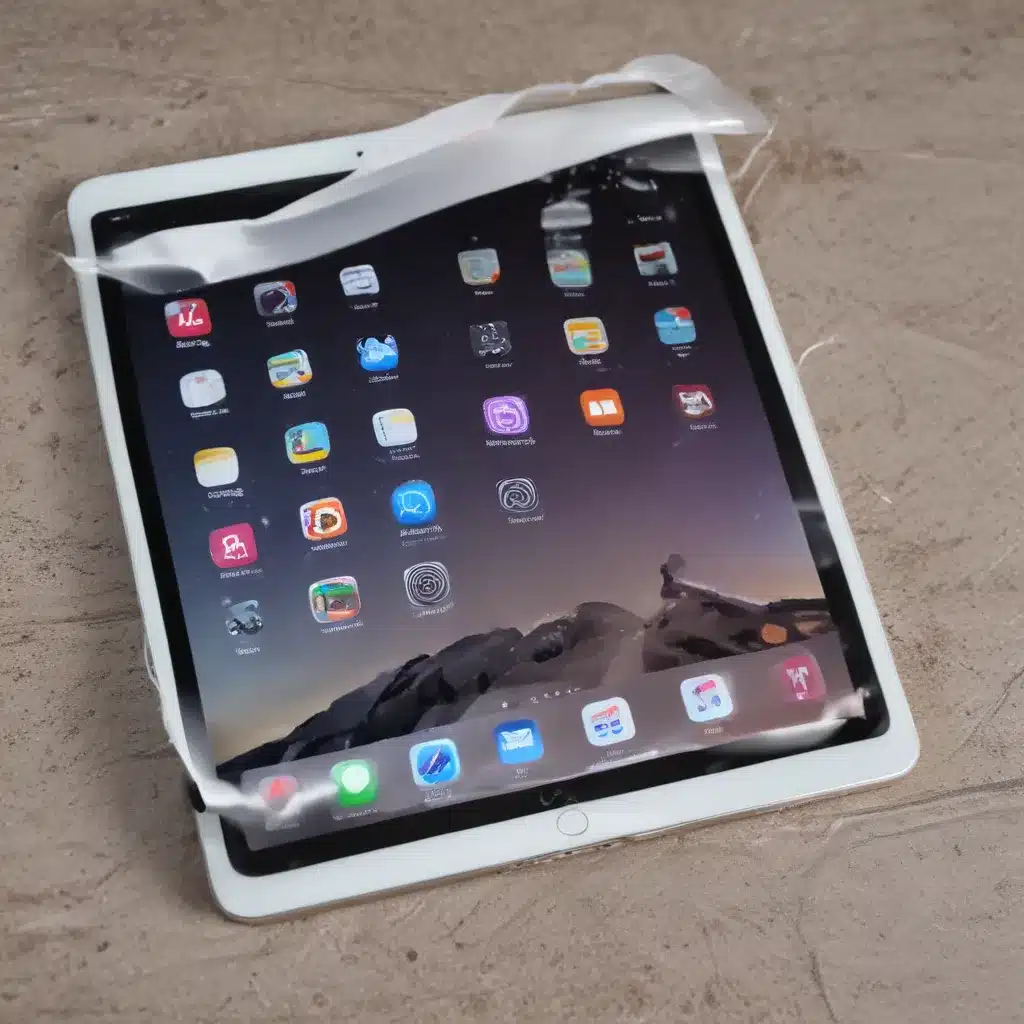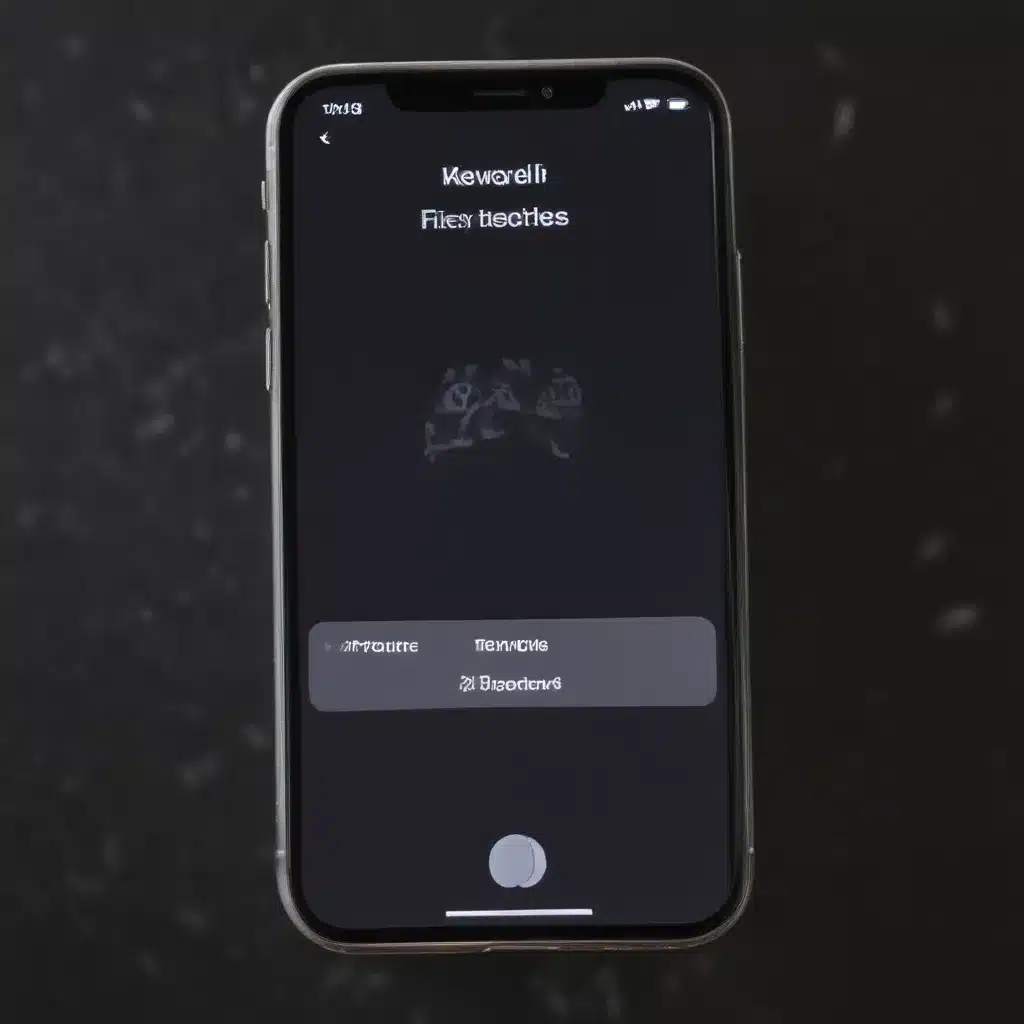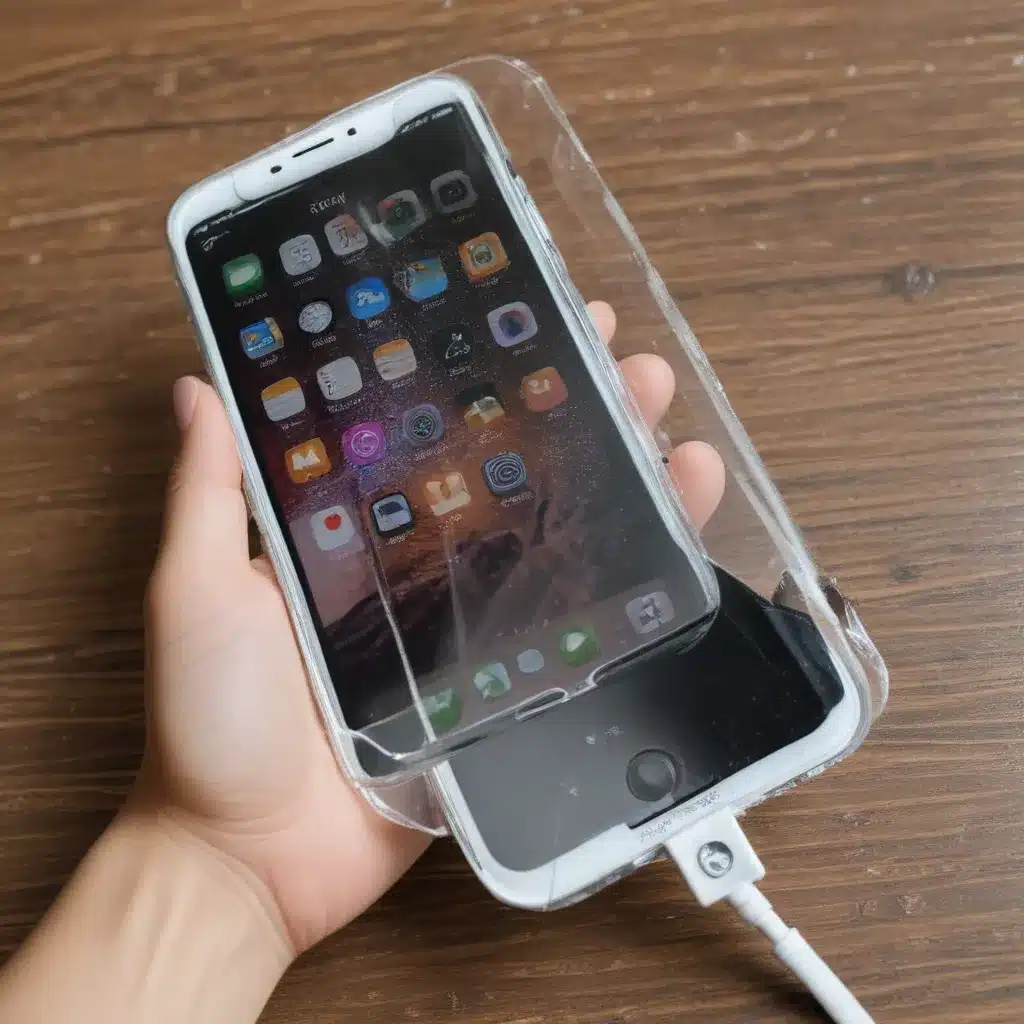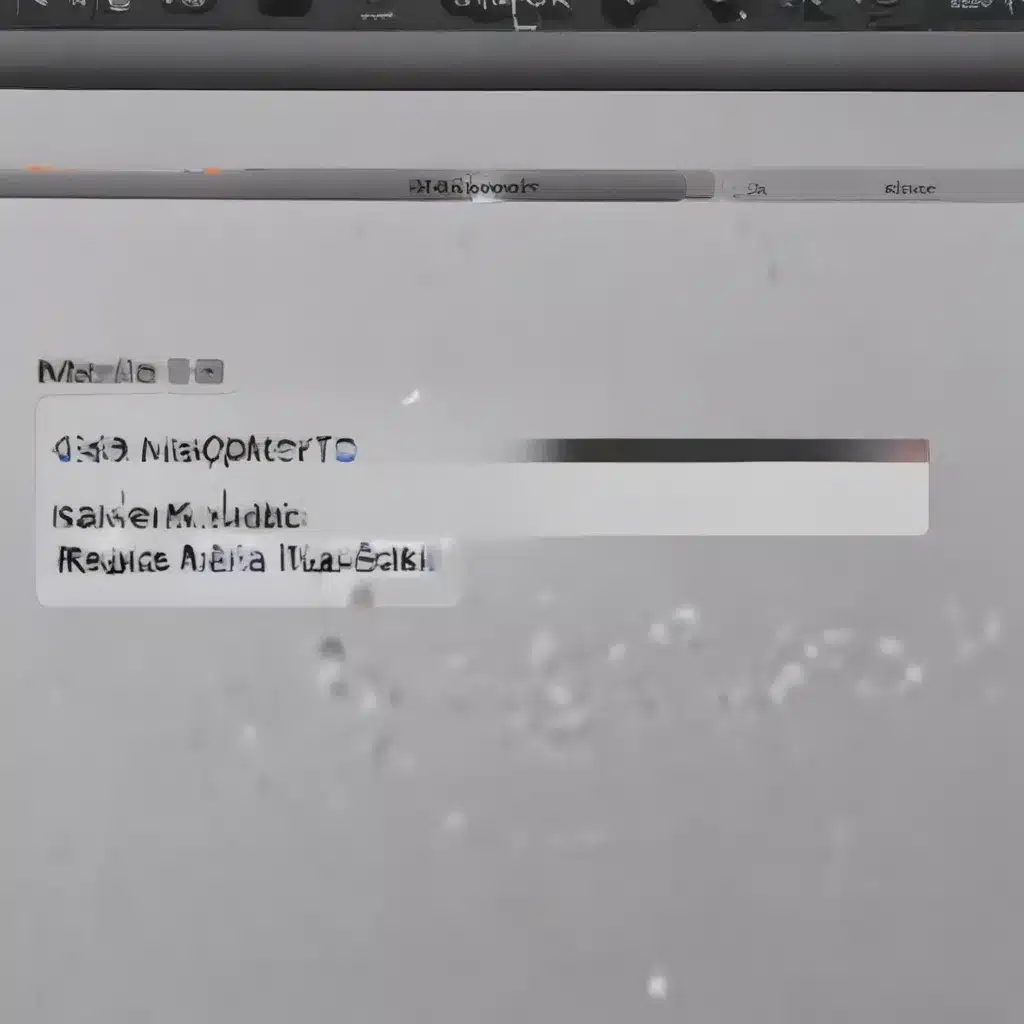Graphics and visual design are always evolving. As technology advances and culture shifts, graphic designers adapt to create fresh, innovative visuals that capture viewers’ attention. Here are 20 key graphics trends I expect to see gain popularity in the coming year.
Retro and Vintage Styles
The nostalgia trend continues, with retro and vintage graphic styles making a comeback. We’ll see more throwback elements like faded color palettes, distressed textures, geometric patterns, and retro fonts. Brands will use these old-school graphics to tap into consumers’ nostalgia and evoke a sense of familiarity.
Key elements of this trend:
– Faded color palettes reminiscent of faded photographs
– Geometric shapes and retro fonts like serif typography
– Distressed textures and overlays mimicking aged paper or film grain
– Bold, striking colors like mustard yellow, avocado green, and burnt orange
– Groovy patterns like paisleys and psychedelic designs
Hand-Drawn and Artisanal Elements
As digital saturation increases, brands will embrace hand-drawn and artisanal graphic elements to communicate authenticity. Custom illustrations, hand-lettering, brush strokes, and paper textures will feature heavily in designs to add a human touch. The imperfections and quirks of hand-made design will resonate with consumers seeking personal connection.
Hallmarks of this trend:
- Custom illustrations and hand-lettering featuring brush strokes and ink splotches
- Paper textures, scissors cutouts, and other physical materials
- Unpredictable imperfections that come from hand-crafted design
- Bright, bold colors applied through markers, colored pencils, and paint
Bold Typography
2022 will see more brands embracing bold typography to grab attention and convey confidence. Think high-impact, larger-than-life type that commands focus. Dramatic type paired with vibrant colors and dynamic shapes will create electric designs. Expect to see more creative applications of bold fonts, like overlapping, angled, or deliberately illegible type.
Elements of bold typography:
- Dramatic extra-large, super-sized type
-Angled, rotated, and stacked typography - Colorful, thick letterforms with overlapping characters
- Bold serifs and high-contrast sans serifs
Abstract Shapes and Patterns
Graphic design will move in a more abstract direction with the use of shapes and patterns. Think wavy lines, overlapping circles, fragmented geometry, blurred shapes, and irregular textures. By breaking away from literal representations, abstract graphics create intrigue and allow broader interpretation. Dynamic combinations of shapes and lines form the backbone of this artistic trend.
Defining aspects of abstract design:
- Fragmented and blurred geometric shapes
- Flowing, organic lines and curved forms
- Irregular, asymmetrical patterns
- Watercolor textures and brush strokes
- Vivid colors and gradients
Maximalism
In contrast to minimalism, maximalism embraces rich visual complexity through dense, elaborate designs. Expect to see graphics with bold colors, busy patterns like animal prints and florals, mixed media collages, eclectic typography, and unique color combinations. Maximalism appeals to consumers seeking stimulating designs that capture attention through detail.
Maximalism expresses itself through:
- Clashing colors, unconventional color palettes
- Mixed patterns and textures like stripes, florals, animal prints
- Varied typefaces and typographic arrangements
- Highly detailed illustrations and visuals
- Asymmetry, irregular designs, controlled chaos
Three-Dimensional Graphics
Brands will experiment with dimensional design by incorporating 3D effects into graphics. This adds depth and perspective for increased realism. Examples include extrusions, shadows, angled typography, lens flares, gradients, and reflections. These techniques especially suit sports, gaming, and tech brands wanting to depict energy and motion. Advanced tools now make 3D effects more accessible.
3D elements to watch for:
- Angled typography and shapes to add perspective
- Layered design with foreground/background distinction
- Shadows and lighting that emphasize directionality
- Wrapping graphics over shapes to appear three-dimensional
- Radial gradients that mimic light rays or reflections
Surreal and Dreamlike Imagery
Surreal graphics that portray fantastical subjects like space landscapes, magic mushrooms, and mythic creatures are rising in popularity. By capturing the imagination, surreal designs allow viewers to escape and get lost in an alternate realm. Painterly textures and soft color palettes reinforce the dreamy quality. Psychedelic patterns also tie into this trippy aesthetic.
Defining features of surreal design:
- Floating, disjointed shapes and optical illusions
- Fantasy subjects like galaxies, mythical beasts
- Soft, blurred color pallets using pastels
- Paint strokes and ink splatters for an artistic vibe
- Psychedelic patterns and shapes
Neumorphism
Neumorphism is a trendy design approach using soft, extruded graphics to mimic 3D buttons and interfaces. It pairs grayish tones and shadows with white highlights to create subtle, raised effects with plenty of whitespace. Compared to the flat, minimalist look, neumorphism feels more tangible and dynamic. Expect muted, dimensional graphics applied to apps, websites, and product images.
Technical aspects of neumorphism:
- Soft shadows and highlights that create subtle depth
- Low-contrast neutral background colors
- Rounded shapes with creamy whites and grays
- Touch of blue or pastel to accentuate shadows
- Whitespace balancing graphic elements
Pastel Color Palettes
Vibrant neon colors have dominated in recent years, but 2022 will usher in softer pastel palettes. Think airy shades of pink, lavender, mint, buttercream, and peach. Serene and romantic pastels convey innocence and tranquility — a retreat from today’s stressful world. Photography and packaging design will especially feature dusty pastels and pale washes of color.
Details of the pastel palette:
- Desaturated versions of pink, purple, green, blue
- Warm peaches, yellows, and cream shades
- Softly layered ombré color gradients
- Pairings with black or brown for contrast
- Light washes of color reminiscent of watercolors
Ultra-Minimalism
In response to maximalism, some brands will continue embracing ultra-minimal design. Simplicity and plenty of negative space define this trend. Graphics will be stripped down to basic shapes and essential elements. Stark black-and-white schemes also reinforce minimalism through high contrast. This purified aesthetic conveys sophistication, cutting-edge style, and restraint.
Less is more with ultra-minimalism:
- Limited color palettes, especially black and white
- Large amounts of negative space
- Plain backgrounds devoid of textures
- Basic geometric shapes and line work
- Plain, straight-forward typography like sans serifs
Animated Graphics
Designers will incorporate more lively graphics such as animated text, moving shapes, parallax effects, and illustrated characters. Subtle motions make designs more dynamic and eye-catching while helping guide the viewer’s focus. Simple blinking, bouncing, dissolving, or scrolling makes static graphics feel alive and full of personality.
Movement through:
- Kinetic typography with bouncing, spinning letters
- Parallax scrolling where layers move at different speeds
- Morphing shapes and illustrations
- Looping animations and cinemagraphs
- Scrolling designs to direct attention
Collage Design
Collage design assembles various elements like typography, illustration, and photography into a single cohesive graphic. The experimental, DIY aesthetic has an intimate feel. Scrapbook-style mixing of materials, textures, and colors reinforces the hand-crafted effect. Assemblages and edited photos give brands visual interest while communicating individuality.
Collage characteristics:
- Mix of clashing elements like photos, papers, stickers
- Varied typefaces, type sizes, colors and arrangements
- Textures like tape, stitches, crumples and overlays
- Whimsical combinations and layouts
- Imperfections that come from hand-made techniques
Colorful Gradients
Vibrant color gradients energize graphics with depth and dimension. They also create visual continuity that is pleasing to the eye. Gradients work both in bold color transitions or soft ombré blending. Diagonal gradients are especially dynamic and on-trend. Photography and illustrations will integrate more gradients through double exposures, overlays, and color mapping.
Gradient features:
- Diagonal color progressions for dynamism
- High contrast transitions from vivid to vivid
- Subtle ombré blends with tonal harmony
- Atmospheric illusion of light rays or shadows
- Overlays on photos and drawings for depth
Still Life Photography
Photography trends will feature more intimate still life images of everyday objects and table settings. Fruits, flowers, baked goods, ceramics, and textiles convey authenticity and familiarity. Meticulously styled food and beverage photos also connect viewers to comforting ideas of home. Nostalgic analog textures reinforce the appeal.
Still life qualities:
- Close-framed food, plants, textiles, table settings
- Backdrops with vintage textures or soft blur
- Imperfect objects with a worn, lived-in feel
- Styled color palettes with analogous tones
- Natural light for an organic, homemade vibe
Geometric Patterns
The geometric trend lives on through 2022. Shapes like circles, triangles, squares, and tessellating patterns create orderly designs reminiscent of Bauhaus and De Stijl movements. The simple combinations provide visual interest while feeling organized. Bold outlines and primary colors keep the geometric look modern. Patterns create consistency across print and web design.
Defining aspects of geometric design:
- Repeating shapes like grids, honeycombs, tessellations
- Circles, triangles, curved lines for flexibility
- Bold outlines in black and white for graphic impact
- Bright primary colors for high-contrast combinations
- Aligning shapes to create optical illusions
Serif Fonts
Clean, straight lines dominated typography for years, but brands will embrace decorative serifs more in 2022. Serifs provide elegance that feels upscale and traditional compared to plain sans serifs. Calligraphy and script styles also resonate with consumers wanting personal, hand-crafted appeal in branding and packaging. Distressed, imperfect serifs add vintage flair.
Details that define serif fonts:
- Elegant extra strokes on letterforms
- Highly stylized calligraphy, cursive, and scripts
- Distressed, chipped letters suggesting worn signage
- Classic book and newspaper serifs like Times New Roman
- Modern serifs with quirky, uneven lines
1980s Design Nostalgia
Continuing the retro aesthetic, designs will specifically reference elements from 1980s visual culture. Think Miami Vice color palettes, artistic Deco-inspired motifs, graffiti lettering, and the abstract Memphis Design movement. Familiar symbols like geometric sunglasses, sports logos, and neon accents tap into millennial nostalgia for the 80s. The funky, expressive styles aim to be bold conversation starters.
1980s graphic elements:
- Tropical pastels resembling Miami beach art deco
- Airbrushed and graffiti-style typography
- Pixelated mirrors, stripes, lightning bolts
- Memphis Design motifs like squiggles, grids, shapes
- High-contrast geometric patterns and shapes
Handwritten Typography
Another way brands will incorporate personal, human touches is through handwritten and brush script typography. The imperfect, irregular styles add elegance and sophistication. Custom calligraphy conveys thoughtfulness, tactile appeal, and uniqueness. Both logo design and product packaging will utilize flowing, organic lettering for a high-end feel.
Qualities of handwritten typography:
- Calligraphy, brush strokes, and chalk lettering
- Irregular baselines, sizes, and spacing between letters
- Sensibility of movement from hand-guiding
- Organic connections between letters
- Fine lines with variations suggesting real pens
From nostalgic to futuristic, graphic design is always reflective of the cultural zeitgeist. By staying attuned to the latest trends, designers engage audiences through impactful aesthetics and compelling visual narratives. The trends outlined here provide strategic inspiration to make bold, distinctive graphics in 2022 and beyond. Which of these trends resonate with you as a designer or brand?

